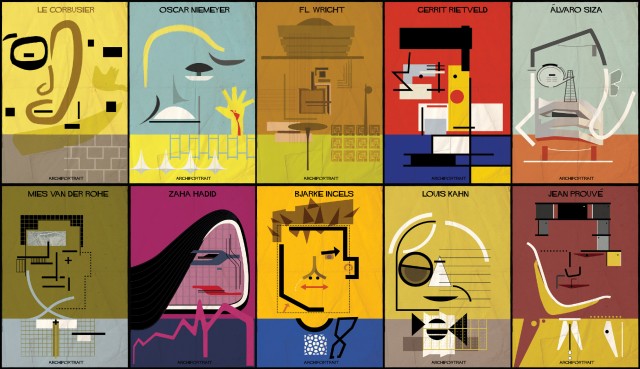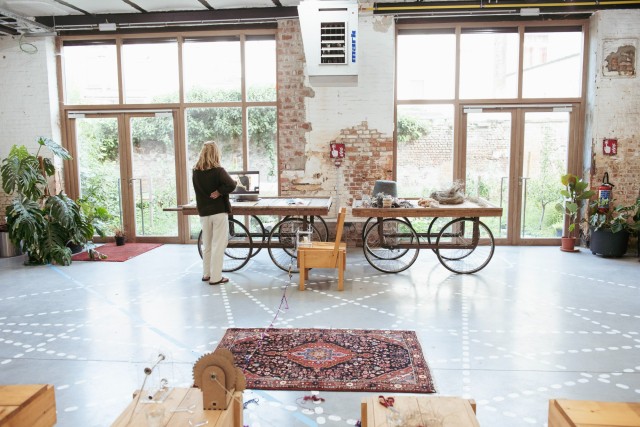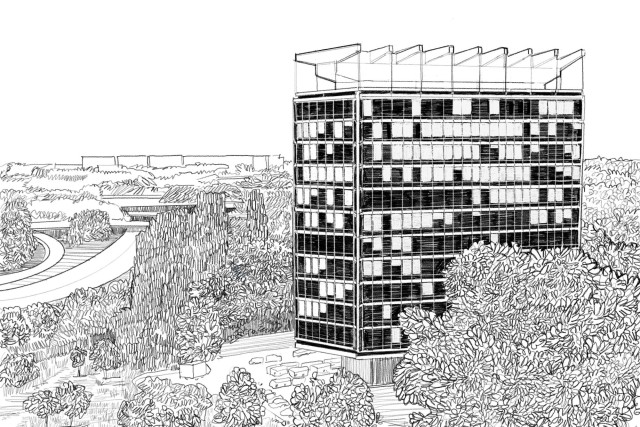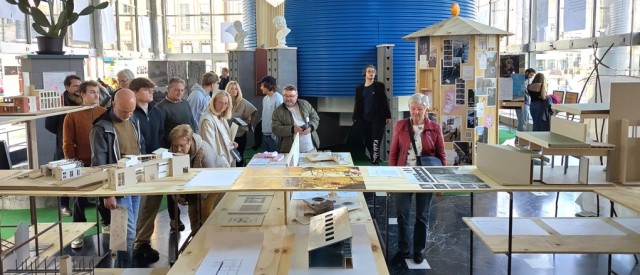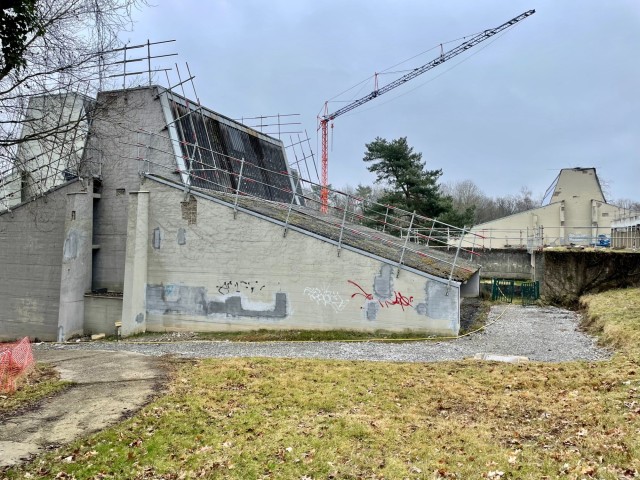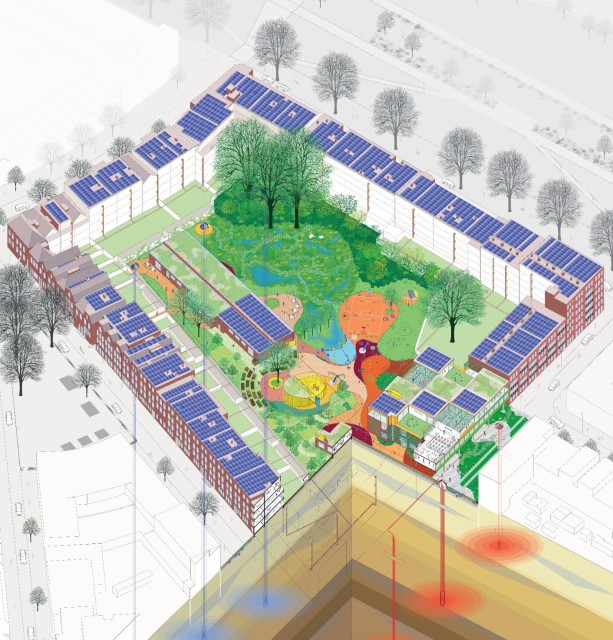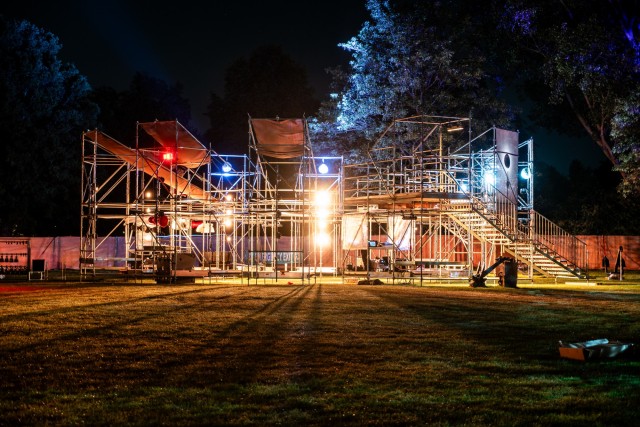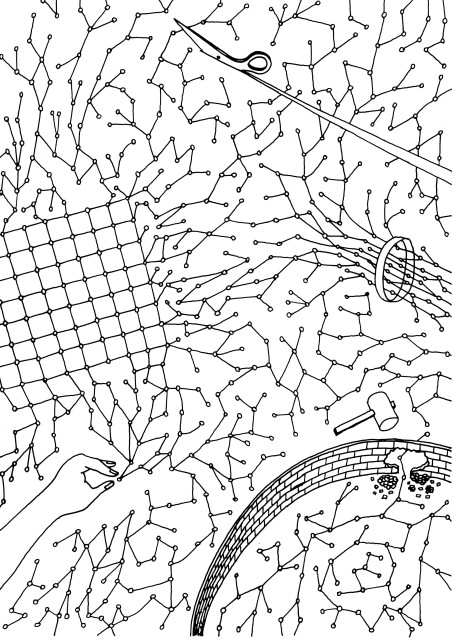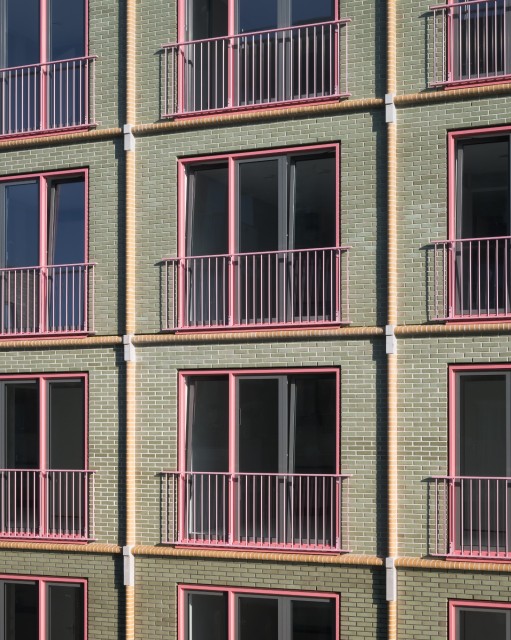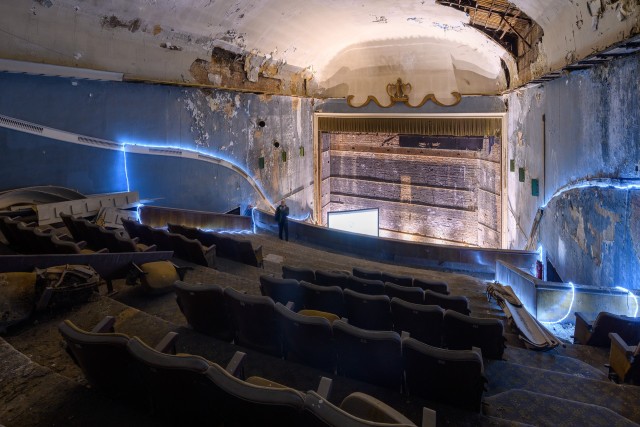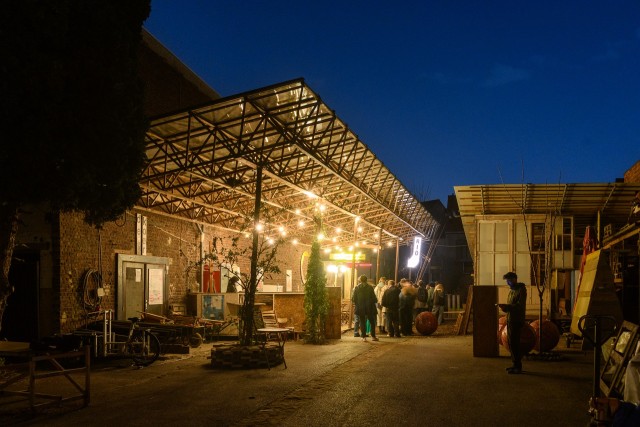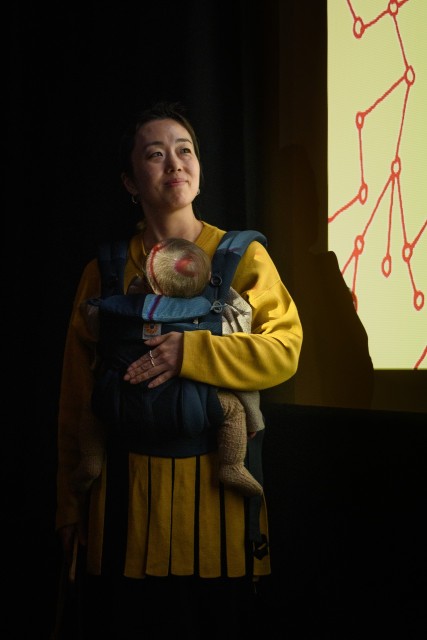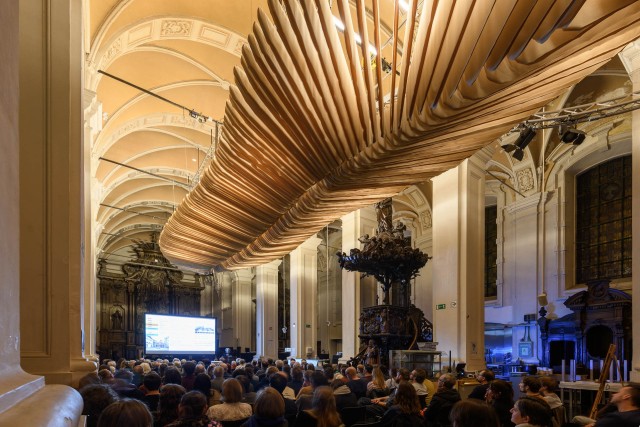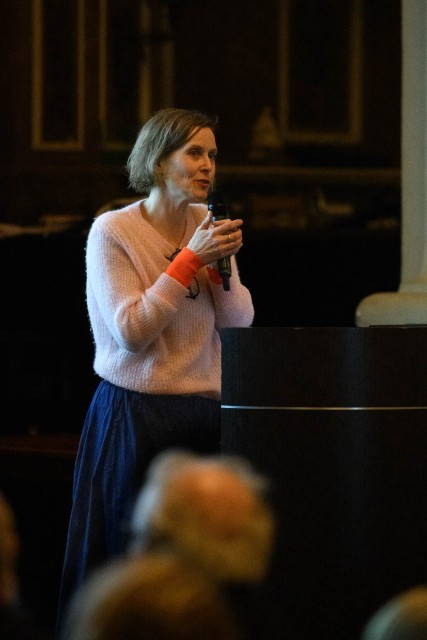2025
Time
Time is at once a creative and a destructive force. How we conceive of time determines how we build and how we view a building, with far-reaching implications for ideas about heritage, authorship, quality or environment. We may not control time the way we can control matter and space, but we do shape them through the meaning we give them.
Time can be understood in a circular way: a constant coming into being and going again, a continuous interaction between existing and new elements, a continuous repetition. We find such time cycles, for instance, in the construction of Gothic cathedrals, where each subsequent building phase was designed only when a previous one had been completed. There was no final plan, but the building emerged over several centuries, in cycles of use and adaptation. Traditional Japanese timber construction – designed to be disassembled and reassembled – also carries the cyclicality. Contemporary thinking on circular construction with its life-cycle analyses and search for circular links between origin and future of building materials is a third example.
Opposed to the circular is a linear vision of time: as a driving force, a forward arrow. Post-war, European architecture embraced such utopian thinking of progress; the past was finished. Each new project departed from a proverbial white sheet, with mantra: new is always better. Examples include the thirty-year lifespan of recent Japanese housing – extremely custom-made, the large-scale post-war urban projects such as the North Quarter in Brussels – for which entire neighbourhoods had to make way, as well as the Weissenhofsiedlung in Stuttgart, which broke with conventions and presented a completely new housing model, revolutionary in thinking about housing.
The two extremes of the circle and the arrow represent different philosophies, and there is something to be said for both: starting from the existing, on the one hand, and radically renewing, on the other. Often designers combine the two visions in one project, and whole worlds lie hidden between tradition and utopia.
Today, there is a growing realisation that time is (almost?) running out to prevent a man-made climate catastrophe. Time counts. The whole building thing needs to be thoroughly rethought. This year, we look for designers who include time as an actor in their design process. This can be done in many ways. We look and listen to practices that design in an evolving process, to designers who see their work as one layer or moment in the longer and ongoing life of a material, building or city, and to thinkers who realise that time is the dimension that we do not control, but which is all-important.
This year, we are taking time to look at time.




